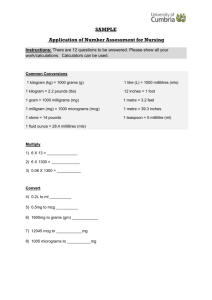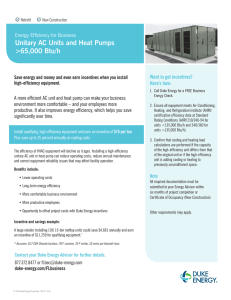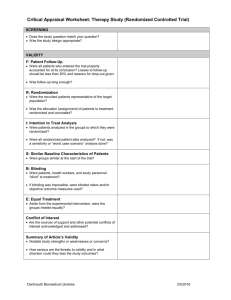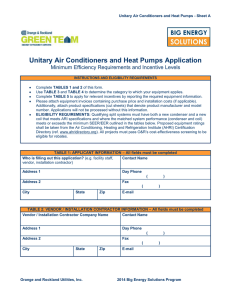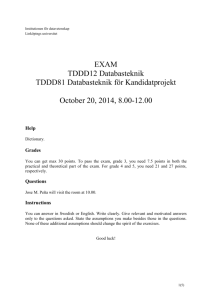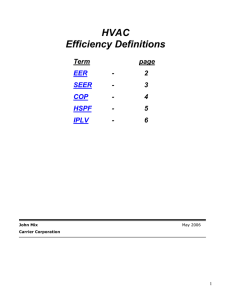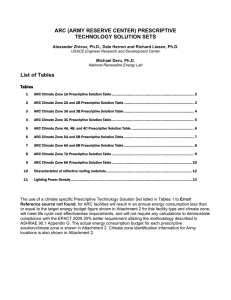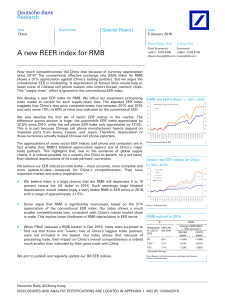Calculating BMI and Estimated Energy Requirements (EER)
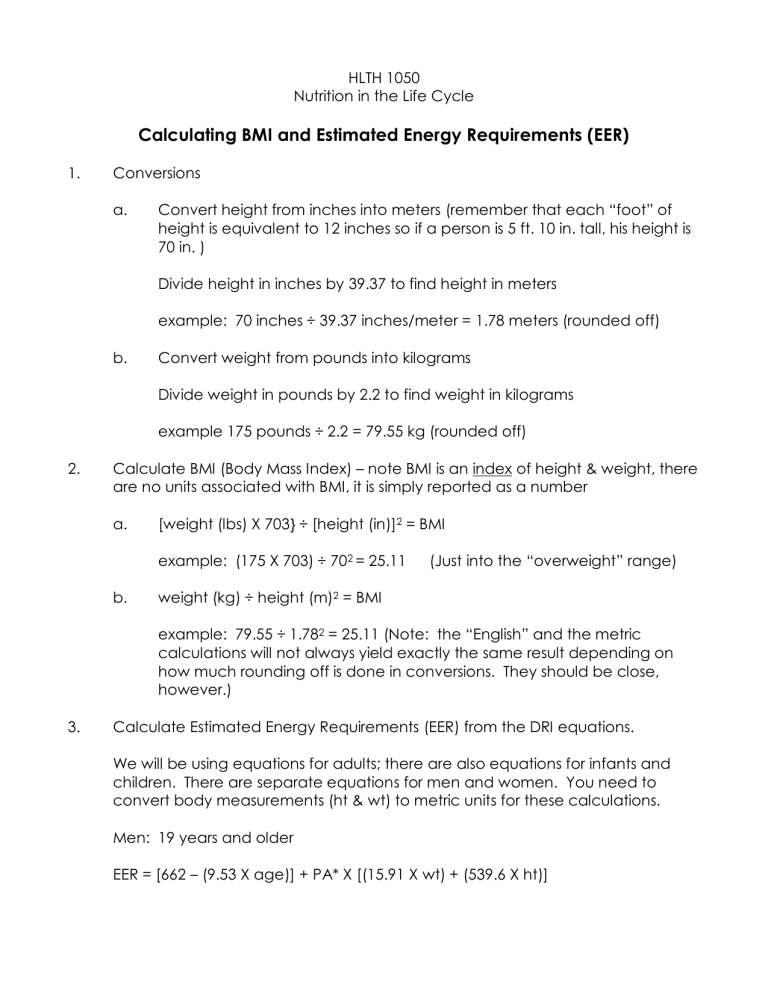
HLTH 1050
Nutrition in the Life Cycle
Calculating BMI and Estimated Energy Requirements (EER)
1. Conversions a. Convert height from inches into meters (remember that each “foot” of height is equivalent to 12 inches so if a person is 5 ft. 10 in. tall, his height is
70 in. )
Divide height in inches by 39.37 to find height in meters b. example: 70 inches ÷ 39.37 inches/meter = 1.78 meters (rounded off)
Convert weight from pounds into kilograms
Divide weight in pounds by 2.2 to find weight in kilograms example 175 pounds ÷ 2.2 = 79.55 kg (rounded off)
2. Calculate BMI (Body Mass Index) – note BMI is an index of height & weight, there are no units associated with BMI, it is simply reported as a number a. [weight (lbs) X 703} ÷ [height (in)] 2 = BMI b. example: (175 X 703) ÷ 70 weight (kg) ÷ height (m) 2
2 = 25.11
= BMI
(Just into the “overweight” range) example: 79.55 ÷ 1.78
2 = 25.11 (Note: the “English” and the metric calculations will not always yield exactly the same result depending on how much rounding off is done in conversions. They should be close, however.)
3. Calculate Estimated Energy Requirements (EER) from the DRI equations.
We will be using equations for adults; there are also equations for infants and children. There are separate equations for men and women. You need to convert body measurements (ht & wt) to metric units for these calculations.
Men: 19 years and older
EER = [662 – (9.53 X age)] + PA* X [(15.91 X wt) + (539.6 X ht)]
Women: 19 years and older
EER = [(354 – (6.91 X age)] + PA* X [(9.36 X wt) + (726 X ht)]
*PA = Physical Activity Factor
Physical Activity (PA) Factors for EER Equations
Sedentary
Low active
Active
Very active
Men
1.0
1.11
1.25
1.48
Women
1.0
1.12
1.27
1.45
Physical Activity
Typical daily living activities
Plus 30-60 minutes moderate activity
Plus ≥ 60 minutes moderate activity
Plus ≥ 60 minutes moderate activity and 60 minutes vigorous or 120 minutes moderate activity
Example:
20 year old male, 5 feet 10 inches in height, 175 pounds. A full-time student, he spends 45 minutes in the gym 5-6 days a week doing a variety of strength, flexibility, and aerobic activities. He also jogs on local trails 3-5 miles, 3-4 times a week.
If you add up his minutes and average out over 7 days he is basically between
“low active” and “active”. You could use either factor. For illustration purposes, we will use “active”.
EER = [662 – (9.53 X 20)] + 1.45 X [(15.91 X 79.55) + (539.6 X 1.78)]
EER = [662 – 190.6] + 1.45 X [1256.64 + 960.49]
EER = 471.4 + (1.45 x 2217.13)
EER = 471.4 + 3214.84
EER = 3686
4. Really easy way to obtain both BMI and EER: http://fnic.nal.usda.gov/interactiveDRI/

